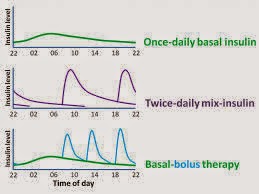Causes of widened mediastinun on chest x ray
Technical issues - projection, AP film, patient rotated or inadequate inspiration. Masses - Thyroid, Lymphoma, teratoma, neurogenic tumour. Achalasia Scoliosis Paravetebral abscess from tuberculosis Thoracic aortic aneurysm Ellis H, Calne R, Watson C, Lecture Notes General Surgery, 11th ed. Oxford, Blackwell Publishing 2006 Radiology Masterclass, Mediastinal abnormalities [online] available at: http://radiologymasterclass.co.uk/tutorials/chest/chest_pathology/chest_pathology_page9.html [accessed:02/11/2014] Van Sambeek R, Anterior mediastinal masses, [online] available at: http://eradiology.bidmc.harvard.edu/LearningLab/respiratory/sambeek.pdf, [accessed: 02/11/2014] Image: http://en.wikipedia.org/wiki/Achalasia#mediaviewer/File:Achalasia2010.jpg [accessed: 02/11/14]











